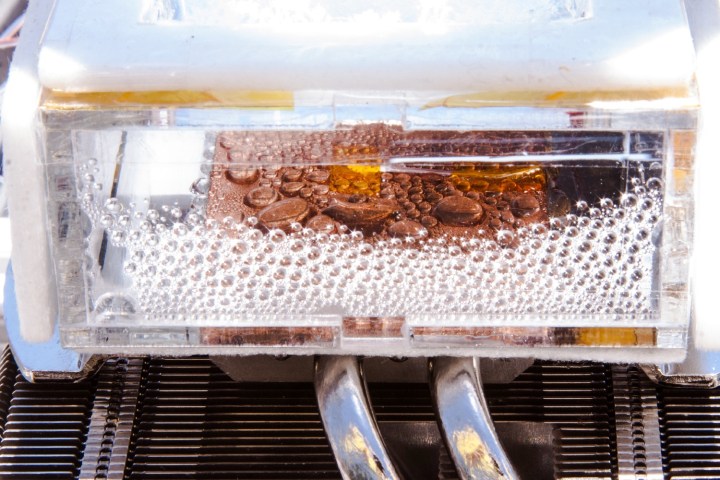For people in the world without easy access to drinkable water, the idea of being able to pull it straight out of the sky, even in the driest of desert regions, would quite literally be a lifesaver. That is something that researchers from Massachusetts Institute of Technology (MIT) have been working on with a revolutionary new water extraction system.
The device uses a custom metal-organic framework (MOF) to seek out water and trap it in the form of vapor. It then uses a source heat, such as the sun, to separate the vapor molecules from the metal-organic framework. Thanks to condensation, what results is drinkable water — and an astonishing bit of technology.
We covered the team’s work in 2018 when they had just demonstrated the technology as a proof of principle. Now they’ve put it through its paces by field testing it in the dry air of Tempe, Arizona to prove efficacy. The extremely promising results bring the project one step closer to its exciting conclusion.
“The advancement we have achieved over our proof-of-concept demonstration last year is the testing of a small-scale prototype in desert conditions where we believe absorption-based water harvesting systems are most practical,” Sameer Rao, a post-doctoral research associate who worked on the project, told Digital Trends. “In addition, we have made several design improvements which enabled operation at greatly improved efficiencies. By careful design and optimization, we developed a device which is well suited for operation in arid conditions and under negative dew points in which competing commercially mature technologies such as refrigeration-based dewing cycles are infeasible.”
While they are still using a miniature prototype for testing purposes, the researchers believe that a scaled-up version of the extraction system could output more than a quarter-liter of water per day per kilogram of MOF.
“We are currently working on developing a large-scale prototype, one that would be able to sustain the drinking water needs of a family in remote and arid areas,” Rao continued. “There are certainly interesting questions we are working to answer and enable higher operational efficiencies and simultaneously demonstrate the scalability of our approach.”



